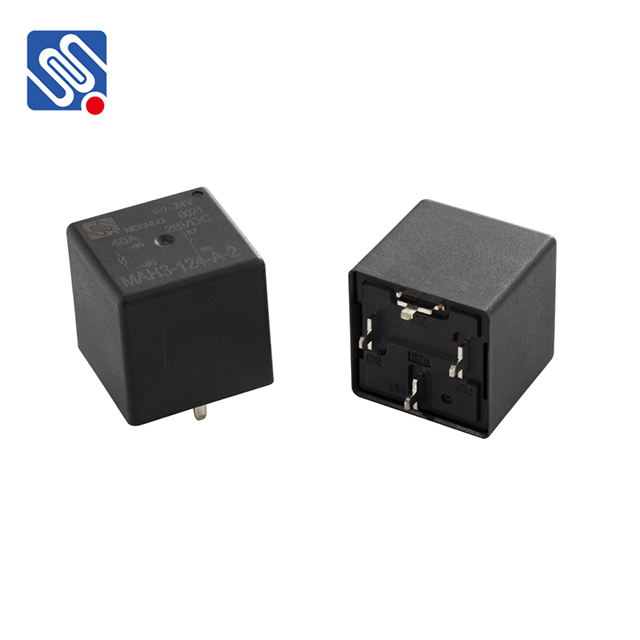relay assembly techniques: a comprehensive guide to efficient relay manufacturing
Release time:2025-11-14 06:27:54
Relay assembly techniques play a crucial role in the manufacturing of relays, which are essential components in many electronic and electrical systems. These components act as intermediaries that use electromagnetic fields to switch electrical circuits on or off. Whether in household appliances, industrial automation, automotive systems, or telecommunications, relays help in controlling various electrical devices by making or breaking connections. This article aims to explore the key techniques involved in the assembly of relays, from component selection to testing and quality control.

1. Understanding the Relay Assembly Process
The relay assembly process involves a series of steps that must be executed with precision to ensure the relay functions effectively and reliably. Relays are composed of several parts, including the coil, contacts, armature, spring, and housing. Each component plays a specific role, and their assembly requires careful attention to detail. In this section, we will break down the key assembly steps:
2. Component Selection
The first step in any relay assembly process is selecting the correct components based on the specific application. Relays come in various sizes, voltage ratings, and current carrying capacities. Choosing the right components ensures the relay meets the required specifications. For example, the coil wire's gauge and the contact material must be selected to handle the operating voltage and current without degradation over time. Materials like silver, gold, or alloys are commonly used for the contacts to ensure good conductivity and minimal wear.

